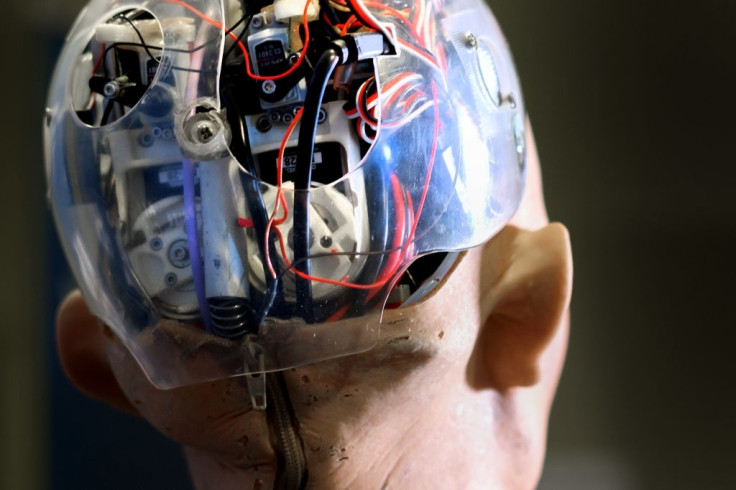Watch video: Humanoid robots do push-ups, crunches and even break a sweat
The machine mimic human like movements with the help of artificial muscles, joints, and spine.

A group of Japanese researchers have shown off a robot duo that performs chin-ups, push-ups, crunches and breaks a sweat just like we all do.
We all have seen bipedal robots that can walk, jump, and sometimes tumble. These machines, aimed at mimicking human movements, carry rigid and bulky bodies and mostly fail to deliver human-like flexibility. However, the Japanese researchers are taking things to a whole another level with their creepy new robotic siblings – Kengoro and Kenshiro.
These bots feature a musculoskeletal system built from aluminium, steel and plastic parts and deliver eerily realistic motion with contraction and expansion of 'muscles'.
The machines, one of which is modelled after a 13-year-old Japanese boy, accomplish movements in a way analogous to that of humans. They can walk like us, play badminton, and even perform sit-ups, push-ups, crunches, neck stretches.
Though the robot fails to perform as well as a trained professional, the ultra-realistic movement of its muscles triggered by 116 actuators does suggest that modelling machines according to human biology could be the way to create actual human-like robots that could interact with people and environments, the developers from the University of Tokyo said.
Conventional humanoid robots designed from basic engineering techniques end up being clumsy and rigid. However, these humanoids feature a flexible human-like structure with a rib cage, multi-jointed spine, and five-fingered hands and legs.
In fact, Kengoro, the newer of the two, even breaks a 'sweat' while performing complex tasks. This happens when water is passed through its motors for cooling is released. The bot weighs around 50 kg and is 5.2-ft tall, according to TechCrunch.
"Our intent is to design a humanoid based on human systems— including the musculoskeletal structure, sensory nervous system, and methods of information processing in the brain—to support science-oriented goals, such as gaining a deeper understanding of the internal mechanisms of humans," the researchers say in a study published in journal Science Robotics.
The robots are still being developed and are expected to improve at performing complex movements and exercises. The researchers hope further development of this technology will give them new insights into the working of the human body.
"Our sensor data can point to which muscles contribute to specific physical activities," Asano said. "We hope such data can be applied in the fields of medicine or athletics, where insight gained can be utilized for rehabilitation and training."





















